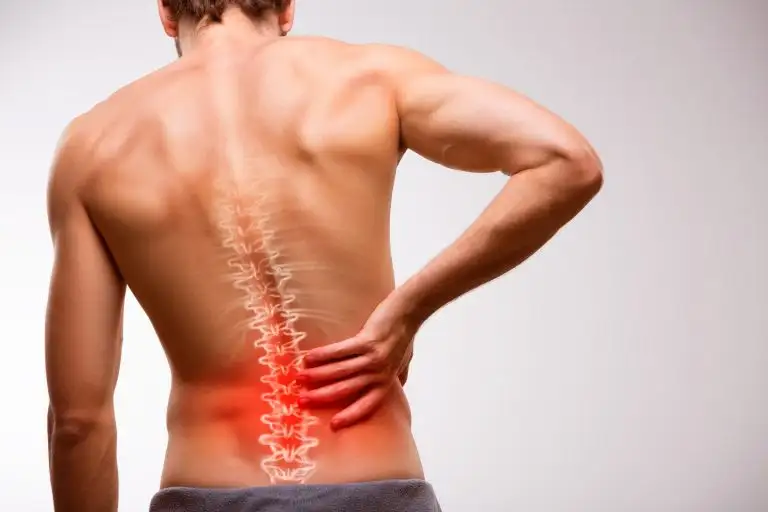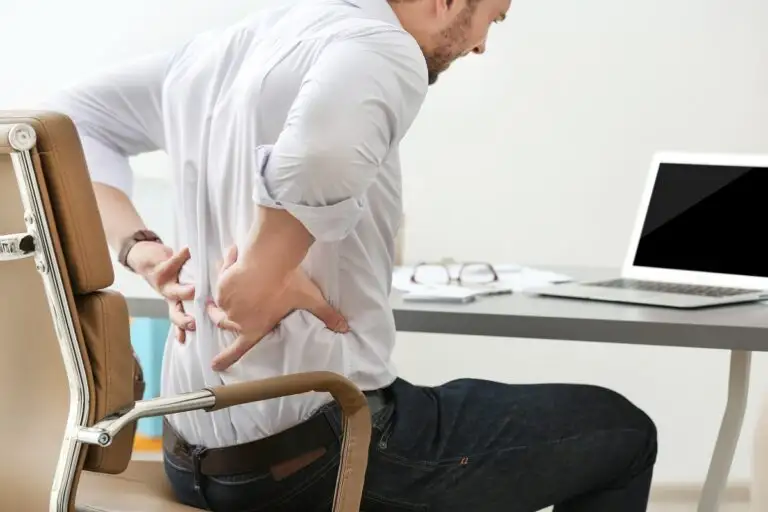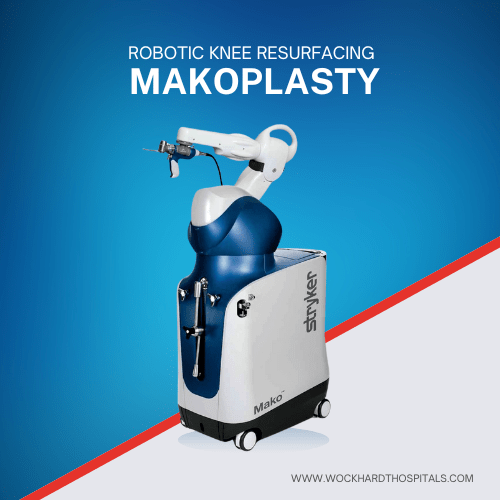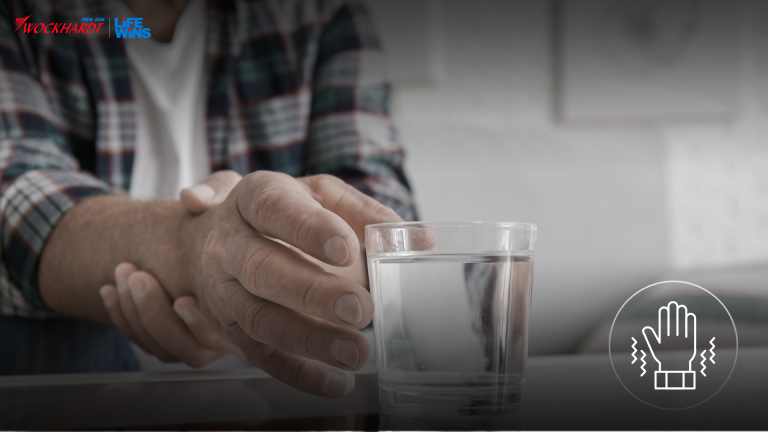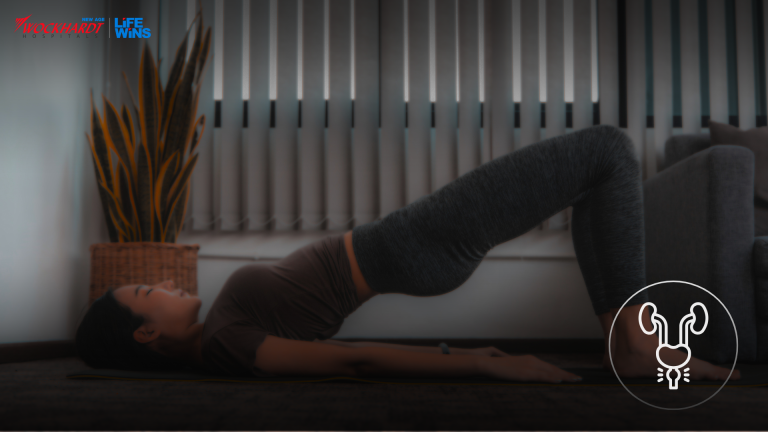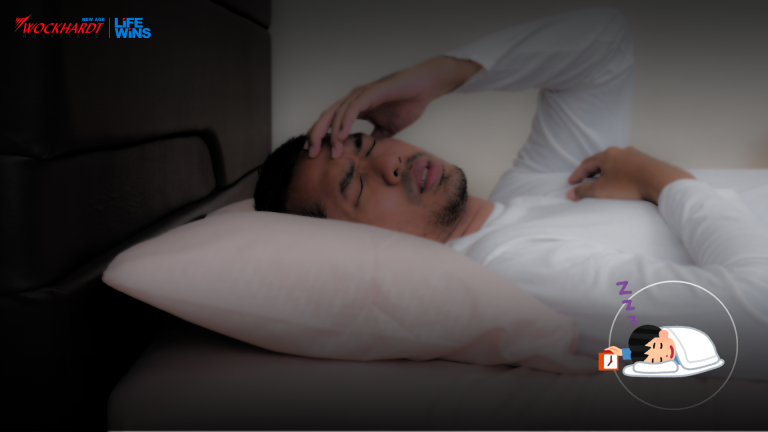What is a Compression Fracture?
Small cracks or breaks in the vertebrae, which are the bones that make up your spinal column, are known as compression fractures. Specifically, the thick, rounded region on the front of each vertebra—the vertebral body—is where the fractures occur. The spine weakens and collapses as a result of bone fractures. These fractures eventually cause postural problems. The person has kyphosis, which causes the spine to bend forward and make them seem “hunched over.”
These fractures may be the consequence of diseases like osteoporosis, which weakens the bones, or trauma like a fall or auto accident. In extreme cases, deformities may occur along with restricted mobility and abrupt onset of back discomfort.
Causes of Compression Fractures
Osteoporosis is the primary causes of compression fractures. As we age, our bones gradually deteriorate. The spine’s vertebrae shrink and grow flatter. Fractures are more common in weaker bones. Additional reasons for compression fractures might be:
- Trauma: Excessive stress on the spine can result in compression fractures due to high-impact events like falls, auto accidents, or sports injuries.
- Spinal Tumours: Growths within or next to the spine have the potential to weaken vertebral bones, which may result in compression fractures.
- Metabolic Disorders: Disorders that interfere with normal bone metabolism, such as Paget’s disease or hyperparathyroidism, make bones more prone to fracture.
- Bad Posture: Over time, prolonged durations of sitting or standing, in particular, can lead to chronic bad posture and spinal compression.
Compression Fractures Symptoms
The compression fractures symptoms might be minor or severe. It’s possible for some people to be without symptoms. When doing an X-ray for another problem, the doctor could find the fracture. However, a lot of people experience pain when standing or walking. The following are signs of a broken spine:
- Back pain: Sudden onset of back pain that is either localised or radiating and is frequently made worse by activity or carrying weight.
- Limited mobility: Having back pain and stiffness that makes it difficult to bend, twist, or carry out everyday tasks.
- Loss of height: A gradual, observable decline in height brought on by vertebral collapse.
- Kyphosis: The forward curve of the upper back that causes a bent-over position.
- Neurological symptoms: Walking difficulties and back tingling and numbness might be caused by pinched nerves and nerve injury.
- Digestive issues: Constipation or other digestive symptoms can result from spinal deformity-induced pressure on the abdominal organs.
Diagnosis of Compression Fractures
Your doctor will examine you and inquire about your symptoms in order to identify a compression fracture. At the time of testing, the doctor will perform the following:
- Check the posture and alignment of your spine.
- To locate the source of your back pain, gently press on several body parts.
- Check for symptoms of nerve injury, such as tingling, numbness, or weakening of the muscles.
Your doctor may also request imaging tests to get images of the bones, muscles, and soft tissues in your back. These imaging tests consist of:
- To display photos of your spine and check for fractures and other problems, spine X-ray, CT scan, or MRI.
- In addition to an imaging scan, your doctor may do a myelogram. Before doing an X-ray or CT scan on your spine, your doctor will inject a dye or contrast material to improve image clarity.
- Bone density test, also known as Dual-Energy X-ray Absorptiometry (DEXA) scan, is a specialised form of X-ray used to quantify bone loss.
- A three-phase bone scan is an imaging technique that takes three sets of photographs across three sessions.
Compression Fractures Treatment
The goals of compression fracture treatment are to reduce pain, stabilise the spine’s bones, and stop further fractures. Treatment options might include the following, depending on the extent of the fracture and your general health:
- Pain Relief Medication: Over-the-counter non-steroidal anti-inflammatory medicines (NSAIDs) could be suggested by your healthcare professional. Or they could recommend prescription medications or muscle relaxants.
- Bone-Strengthening Medications: Bisphosphonates are a class of medications that stabilise the bones, reduce further bone loss, and shield against fractures.
- Braces: Your vertebrae may be supported by a certain kind of back brace. It can also lessen discomfort by limiting the amount of movement of your spine.
- Vertebroplasty or Kyphoplasty: These minimally invasive techniques increase mobility, reduce discomfort, and stabilise the bones. Your doctor will use a needle to puncture the vertebrae and inject bone cement during a vertebroplasty. A cement-filled inflatable device is inserted during kyphoplasty.
FAQs on Compression Fracture
Q. How serious is a vertebral compression fracture?
Serious consequences may arise from a spinal compression fracture, especially in the elderly. It frequently results in reduced mobility, height loss, and excruciating back pain. It is possible for complications to occur, including spine deformity, nerve damage, and a worse quality of life. A prompt diagnosis and suitable therapy are essential for the best possible outcome.
Q. Can you walk with a spinal compression fracture?
Q. What is the best treatment for spinal compression fractures?
- Using medications for pain.
- Bed rest until better.
- Using a brace on the back.
- Visiting a physical therapist.
- If bone deterioration is detected, treat osteoporosis.
- Surgical procedures such as spinal fusion surgery, kyphoplasty, and vertebroplasty
Q. What are the 3 types of compression fractures?
- Wedge fracture: A wedge-shaped fracture results from the collapsing of the front of the vertebral body.
- Crush Fracture: A crush fracture causes the vertebral body to collapse or be crushed completely.
- Burst fracture: A burst fracture causes the vertebral body to break into many pieces, which frequently harms nearby systems like blood arteries or nerves.
